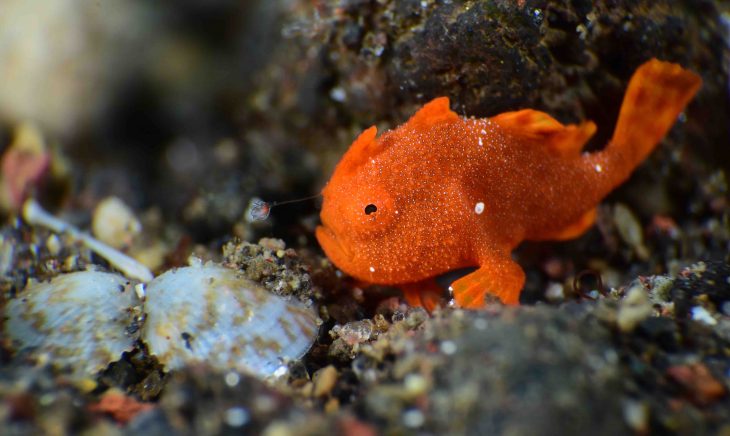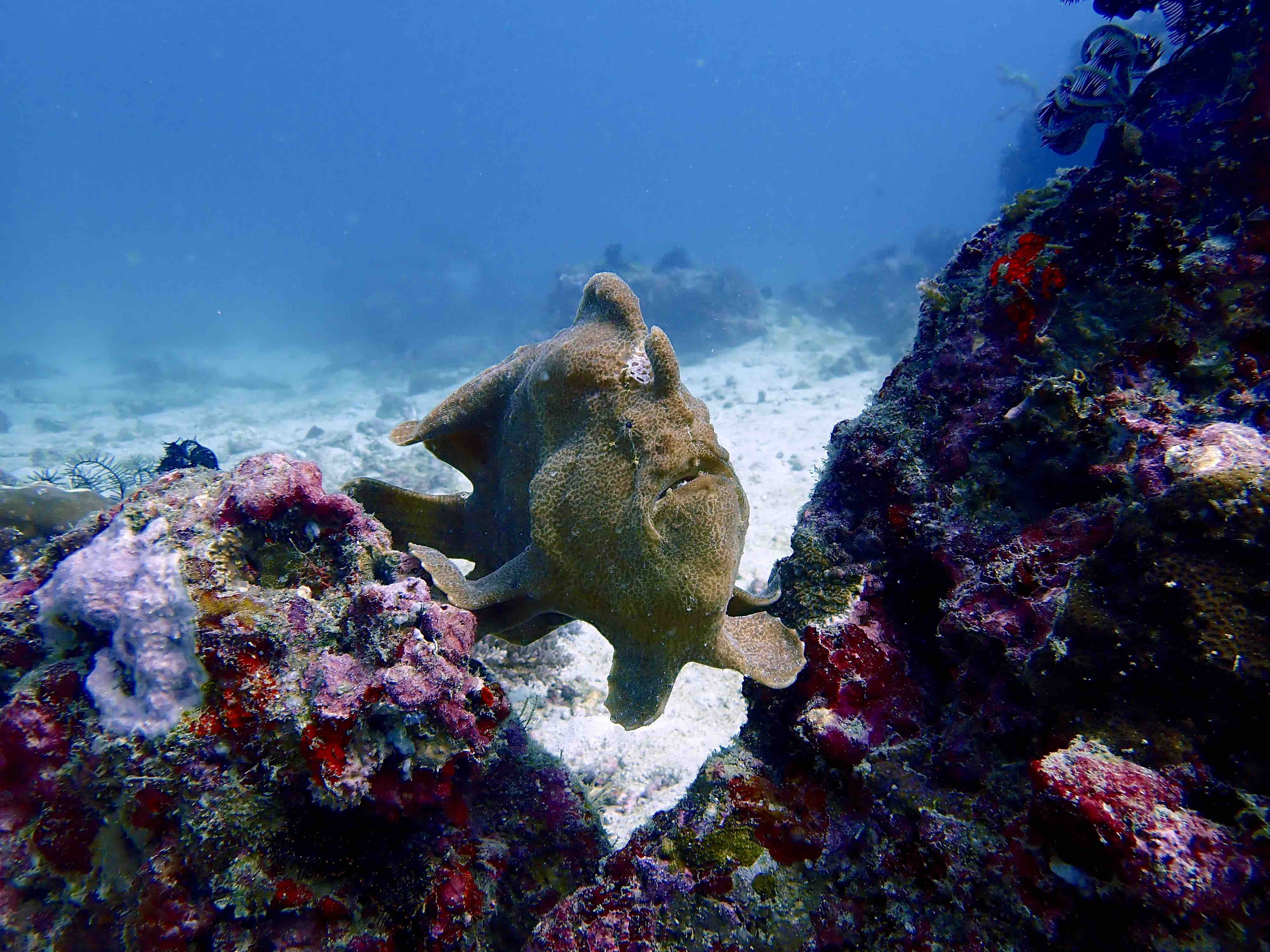
The mesmerizing world beneath the ocean’s surface is filled with a vast array of fascinating creatures, and the frogfish is no exception. With their peculiar appearance and remarkable camouflage abilities, these masters of disguise are a sight to behold. In this article, we uncover 18 true facts about frogfish, shedding light on their intriguing characteristics and behaviors.
Frogfish Anatomy
Frogfish have a unique appearance with stocky bodies, large mouths, and modified fins that resemble limbs. Their skin is covered in small dermal spinules, giving them a rough texture. These specialized features aid in their camouflage and hunting techniques.
Camouflage Masters
Frogfish are renowned for their exceptional camouflage abilities. They can change their skin color and texture to blend seamlessly with their surroundings, making them nearly invisible to unsuspecting prey. Their ability to mimic sponges, corals, and even rocks is truly remarkable.
Bizarre Appendages
One of the most intriguing aspects of frogfish is their array of appendages. Some species have lures called esca, which resemble prey items and are used to attract unsuspecting fish. These lures can be moved independently and are employed in an ambush strategy.
Slow-Motion Swimmers

Frogfish are not known for their swimming prowess. Instead, they prefer to walk or hop along the seafloor using their modified pectoral fins. This unique mode of movement allows them to navigate their environment with precision and conserve energy.
Feeding Techniques
When it comes to feeding, frogfish exhibit fascinating techniques. They are voracious predators and employ an “angler” strategy. By using their lure to attract prey, they strike with lightning speed, engulfing their victims in their expandable mouths. Their ability to swallow prey larger than their own size is astonishing.
Diversity in Size and Colors
Frogfish exhibit a wide range of sizes and colors. They can be as small as a few centimeters or grow up to 30 centimeters in length. Their colors and patterns vary greatly, allowing them to blend in with their specific habitats.
Wide Distribution
Frogfish can be found in oceans worldwide, inhabiting both tropical and temperate waters. They are commonly found in coral reefs, rocky areas, and sandy bottoms. Their ability to adapt to various environments contributes to their global presence.
Unusual Reproductive Behavior
Frogfish have intriguing reproductive behaviors. During mating, the female frogfish releases thousands of eggs, which are then fertilized by the male. The male frogfish carries the eggs in a special structure called a brood pouch until they hatch, resembling a dedicated underwater dad.
Long Lifespan

Frogfish have relatively long lifespans compared to many other fish species. Depending on the species, they can live anywhere from three to fifteen years. Their longevity allows them to master their hunting skills and adapt to their surroundings.
Frogfish and Diver Interaction
Frogfish encounters are highly sought after by divers and underwater photographers. These fascinating creatures often become the highlight of a dive, capturing the attention and admiration of those lucky enough to witness their peculiar charm.
Conclusion
Frogfish are truly remarkable creatures, captivating divers and scientists alike with their astonishing appearance and behavior. Their exceptional camouflage, unique feeding techniques, and peculiar reproductive habits make them a subject of fascination and intrigue. Exploring the world of frogfish offers a glimpse into the remarkable diversity and ingenuity found in our oceans.
Frequently Asked Questions (FAQs)
Where can I find frogfish?
Frogfish can be found in oceans worldwide, primarily in tropical and temperate waters. They inhabit coral reefs, rocky areas, and sandy bottoms. Popular diving destinations such as Indonesia, the Philippines, and the Red Sea are known for their abundance of frogfish.
Are frogfish dangerous to humans?
Frogfish are not dangerous to humans. They are generally docile and prefer to hide or camouflage themselves rather than confront humans. However, it’s important to maintain a respectful distance and avoid touching or disturbing them, as with any marine creature.
How do frogfish change their colors?
Frogfish have specialized cells called chromatophores in their skin that contain pigments. By expanding or contracting these cells, they can change their coloration. The ability to alter their colors allows them to blend in seamlessly with their surroundings.
Can frogfish survive out of water?
Frogfish are adapted for life underwater and require water to breathe. While they can tolerate brief periods out of water, it is crucial to handle them with care and return them to their natural habitat as soon as possible.
Can frogfish be kept as pets?
Frogfish have specific requirements and are not typically recommended as pets by most aquarium hobbyists. They require large tanks with appropriate hiding spots and a specialized diet. Additionally, capturing wild frogfish for the aquarium trade can have negative impacts on their populations and natural ecosystems.
Was this page helpful?
Our commitment to delivering trustworthy and engaging content is at the heart of what we do. Each fact on our site is contributed by real users like you, bringing a wealth of diverse insights and information. To ensure the highest standards of accuracy and reliability, our dedicated editors meticulously review each submission. This process guarantees that the facts we share are not only fascinating but also credible. Trust in our commitment to quality and authenticity as you explore and learn with us.
